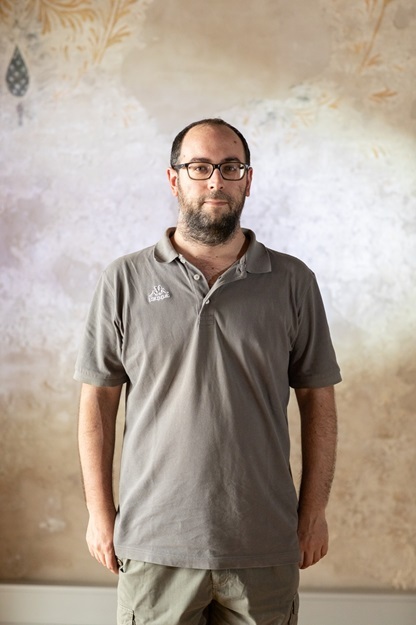 I'm currently a post-doc hired at INAF-Brera Astronomical Observatory in Merate (LC), Italy.
I'm currently a post-doc hired at INAF-Brera Astronomical Observatory in Merate (LC), Italy.
My research activity focuses on interacting supernovae and other peculiar stellar transients.
In these transients, the fast-moving material ejected by the explosion collides ('interacts') with pre-existing circumstellar matter (CSM)
expelled by the progenitor star in past eruptive events. In the process, the kinetic energy of the material ejected by the SN blast is
efficiently converted into radiation, making the SN brighter for a long time.
In particular, I am interested in the pre-explosion variability history of the progenitor of H-rich Type IIn SNe. By inspecting images
from the archives, at the position of SNe IIn we detected outbursts occurred weeks to years before the SN explosions
(Reguitti et al. 2019; Reguitti et al. 2022; Reguitti et al. 2024).
These 'precursor' events are sometimes dubbed as 'SN impostors', because their spectra and photometric evolution are similar to those
of genuine SNe IIn, but they are in fact non-terminal events, and the progenitors survive the explosions.
SN impostors and SNe IIn are likely connected to massive (>20 solar masses) progenitors which in their final evolutionary phases become
unstable, like Luminous Blue Variables (LBVs).
Part of my reasearch activity is dedicated to the study of the so-called Gap Transients.
They are faint events lying in the luminosity gap separating classical novae and under-luminous core-collapse SNe (or M_V between -10 and -15 mag).
The nature of these phenomena (unusual bright outbursts from low to moderate mass stars, stellar mergers, major LBV eruptions or even extremely faint core-collapse SNe) is still in debate.
I am an expert user of the instrumentation and telescopes of the Asiago Astrophysical Observatory.
I learnt the techniques of data reduction and analysis of astronomical observations, for both imaging and spectroscopy. My main wavelength ranges of expertise are optical and near-infrared,
though I also analysed data in the ultraviolet and the mid-infrared domain. For my investigations I use both ground-based facilities located at the major Astronomical Observatories around
the world (La Palma, La Silla, Paranal) and Space Telescopes (Swift, HST, Spitzer, WISE, JWST).
I am a member of international collaborations devoted to the study of transient events, such as ePESSTO and NUTS2.
Recently, I joined the GRAWITAand ENGRAVE collaborations, which aim to search, follow and study the electromagnetic counterparts of gravitational wave events, specifically kilonovae, the mergers of two neutron stars.